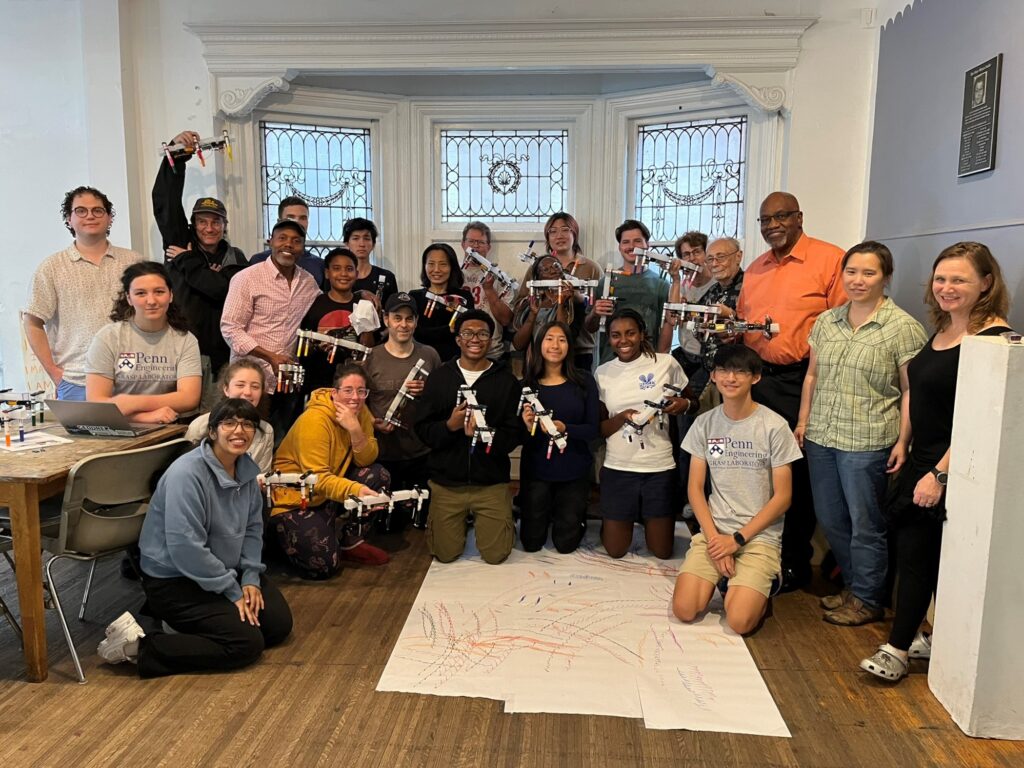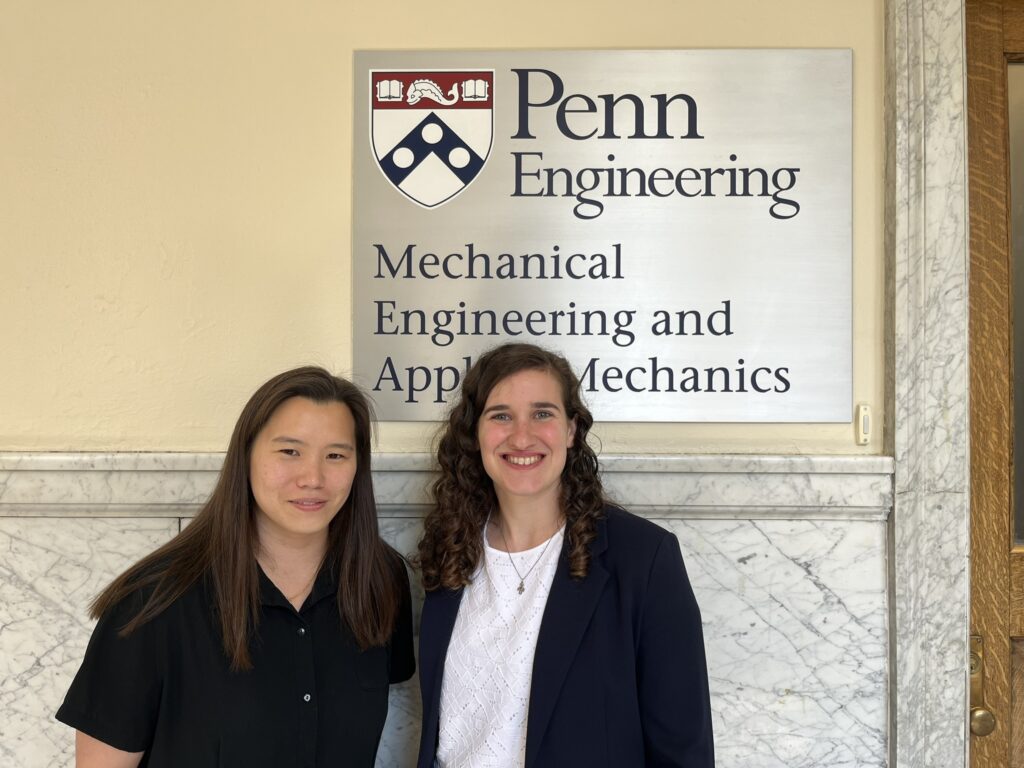We are so excited that our technology is part of Penn’s Y-Prize this year! The Y Prize Kickoff & Info Session is scheduled for Monday, September 23, 2024, at 6:30 pm in Steinberg Hall – Dietrich Hall Room 351, with a reception to follow in Joe’s Cafe. Students can register and learn more about the competition at this link: https://yprize.upenn.edu/.
Successful workshop at the Arts League
We held a workshop at the Arts League in West Philly to excite visitors about the Artists in Residency program with the Sung Robotics Lab. Attendees folded and assembled origami robots while learning about coding and mechanics.
Learn more about the Artists in Residency program:
https://bit.ly/3AZKYWe

Congratulations to Kylie Autullo for receiving honorable mention for her poster ‘Facial Reanimation’ at the SEAS Summer Research REU Symposium!
Congratulations to Xueyang on defending his Master’s thesis!
Congratulations to Xueyang Qi on successfully defending his master’s thesis, “Algorithmic Design of an Origami Squirrel-inspired Paw for Quadrupedal Locomotion in Bar-like Terrains.” We’re proud of you and wish you continued success in your career.
Congratulations to Dr. Jessica Weakly for defending her thesis today!

Congratulations to Dr. Jessica Weakly on successfully defending her thesis, “Bistable Structures Enable Passive Transitions in Mobile Robots!” We’re all so proud of you, and we wish you continued success as you take the next steps in your career. Well done, Jessica!
Look forward to seeing Dr. Jessica Weakly more often, as she is set to join the UPenn MEAM department as a lecturer!
